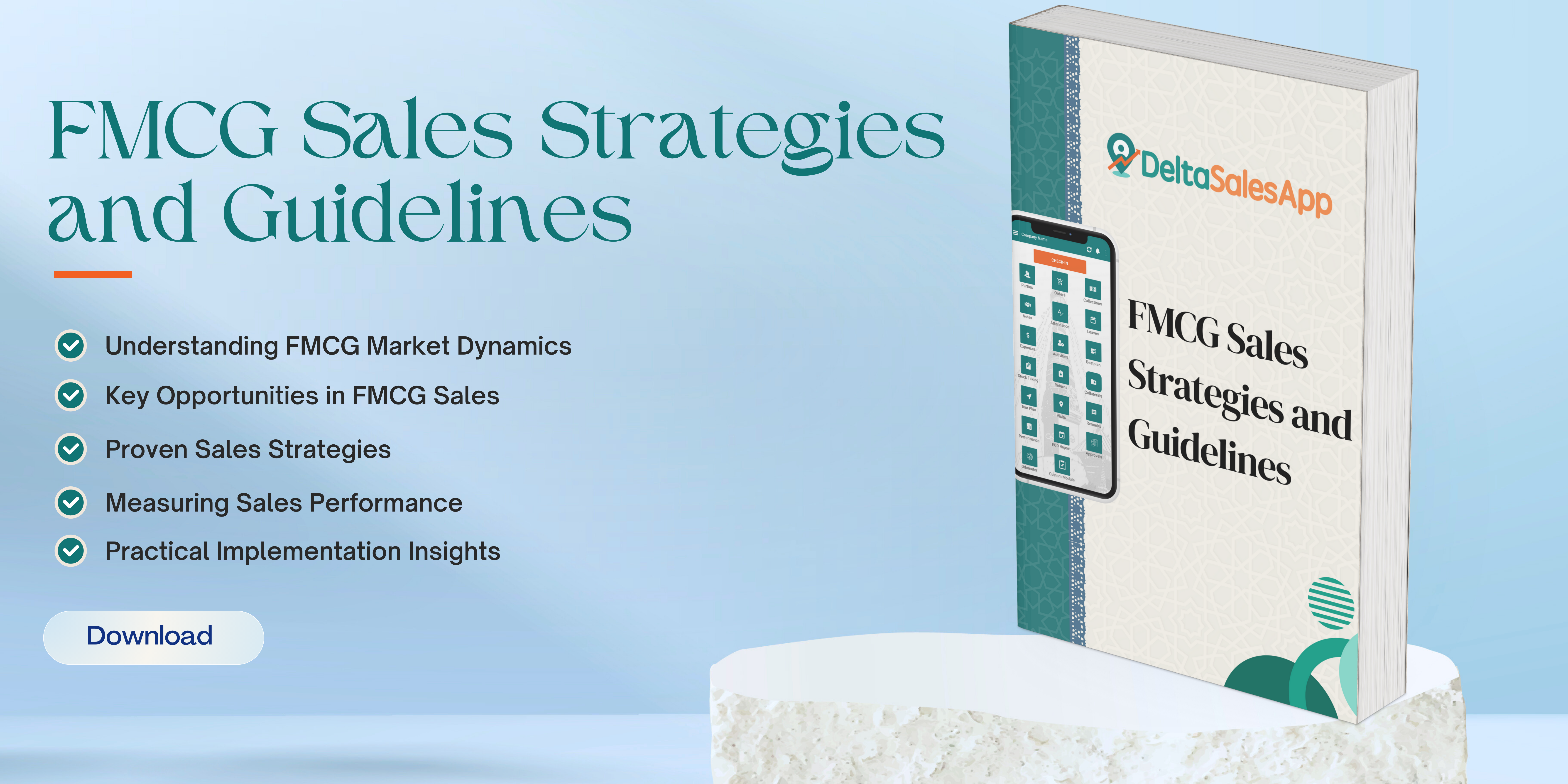Stock Keeping Cost
What is Stock keeping cost ?
Stock keeping cost, also known as inventory holding cost, refers to the expenses incurred to store, manage, and maintain inventory over a period of time. These costs are a significant aspect of inventory management and can greatly impact the profitability and operational efficiency of a business. Stock keeping costs typically include storage costs, capital costs, obsolescence costs, insurance, and handling costs.
Components of Stock Keeping Cost
1. Storage Costs
Storage costs refer to the expenses associated with physically holding inventory in a warehouse or storage facility. These costs include:
Rent or Lease Payments: Businesses may rent or lease warehouse space to store inventory, which contributes to overall costs.
Utility Bills: Electricity, water, heating, and cooling expenses for maintaining storage conditions.
Depreciation of Storage Equipment: Costs related to the wear and tear of shelves, racks, and storage containers.
Security Costs: Expenses for surveillance systems, guards, or insurance policies against theft.
2. Capital Costs
Capital costs are the opportunity costs of the money invested in purchasing inventory. This includes:
Interest on Loans: If businesses take loans to purchase inventory, the interest paid is part of stock keeping costs.
Return on Investment (ROI) Considerations: The funds used for inventory could be invested elsewhere for potential returns.
3. Obsolescence Costs
Obsolescence costs arise when inventory items become outdated or lose value over time. This includes:
Technological Advancements: Products may become obsolete due to newer versions being introduced in the market.
Perishability: Certain goods, such as food items or pharmaceuticals, may expire and become unsellable.
Changing Market Trends: Consumer preferences may shift, reducing the demand for specific products.
4. Insurance Costs
Insurance costs involve protecting the inventory from potential risks such as theft, damage, or natural disasters. Businesses often purchase insurance policies to safeguard their stock against unforeseen circumstances.
5. Handling Costs
Handling costs include expenses related to moving, sorting, and managing inventory. These costs consist of:
Labor Costs: Wages paid to warehouse workers responsible for inventory handling.
Equipment Costs: Expenses for forklifts, conveyor belts, and packaging machinery.
Inventory Management Systems: Investment in software and technology to track and manage stock efficiently.
Factors Affecting Stock Keeping Costs
Several factors influence the total cost of keeping stock, including:
Inventory Turnover Rate: Higher turnover reduces stock holding costs, while slower-moving inventory increases expenses.
Storage Facility Location: Warehouses in urban areas may have higher rent compared to rural areas.
Product Type: Perishable and fragile items require specialized storage conditions, increasing costs.
Supply Chain Efficiency: Efficient supply chain management can help minimize excess inventory and reduce storage costs.
Strategies to Minimize Stock Keeping Costs
Businesses can adopt various strategies to reduce stock keeping costs and improve efficiency:
Just-In-Time (JIT) Inventory System: This approach minimizes stock holding by ordering goods only when needed.
Efficient Demand Forecasting: Accurate sales predictions help maintain optimal inventory levels.
Warehouse Optimization: Implementing smart storage techniques and automation reduces space and handling costs.
Supplier Coordination: Strengthening relationships with suppliers can lead to better pricing and reduced lead times.
Conclusion
Stock keeping costs are an integral part of inventory management, directly impacting a business's financial performance. By understanding the components and factors influencing these costs, businesses can implement cost-reduction strategies to enhance profitability and operational efficiency. Proper inventory control, efficient storage solutions, and smart purchasing decisions are key to managing stock keeping costs effectively.






